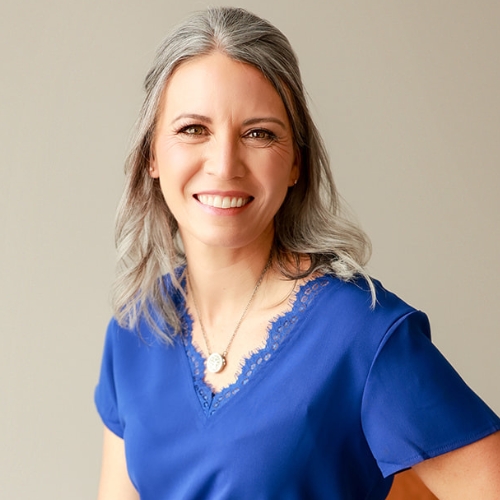Being in the field of teaching Pilates there are so many continuing education courses you can take, it can be overwhelming to make a choice for the next course you will be taking. I’ve been teaching Pilates since 2004 and I have to say it’s only gotten more challenging to make a decision.
Back in the day, before online training, we were limited to more regional training. Sure we could travel out of state but that quickly increased the price. Many times this was an automatic filter for education.
But now, in-person or online, it makes it easier to access courses. It’s also easier to find out about them whether it is via email, word of mouth or via social media, we are not at a shortage with continuing education courses that you can take. (I remember as part of my partial scholarship for my teacher training course, manually updating the sender list, printing out the address labels and putting them on the brochure to snail mail it to people! I mean there are advantages to tech advances and the web!)
Back to the present… With all choices sometimes it’s hard to select the next “right” program to take. So I’m breaking it down in this Continuing Education Series.
This is part 1 of a 3 part series.
PART 1: Three Different Types of Training to Consider
TRADITIONAL TRAINING This is referring to movement education where the focus is purely on the physical or mechanics of Pilates. This is the foundational training that Pilates teachers begin with and is essential. It’s also an important part of continuing education and includes but not limited to:
- Speciality Workshops (knee, back, neck, etc)
- Pilates for (golf, pregnancy, dancers, etc)
- Learning a specific way to teach either from a certain teacher or lineage (please let’s forgo the debate about the best type of Pilates, or “real” Pilates and say it’s all good. Side Note: I do believe we should be able to professionally define the differences of how we teach Pilates compared to other styles, but that is for another day!)
BUSINESS TRAINING We teach people, but at the end of the day, this needs to work for us financially. Even though I post free videos on YouTube, Pilates isn’t a hobby for me and I do contribute to my household income (so yes, if I didn’t make money from teaching Pilates via the TIPA Course, the Trifecta Pilates Membership or the private students I work with, well that would be a problem for my family.)
When you don’t have the business training skills, it can lead to burnout or feeling like we can’t make it as a Pilates teacher. The truth is that we aren’t set up for success in this aspect. Business Training Includes:
- Foundations (mission, setup of your business, even if you’re an Independent Contractor this is important, etc)
- Marketing (social media, communication, networking, etc)
- Allocation of money (hello COVID, were we ready to take the financial hit? And even though this is a very unusual circumstance, being away from work can happen at anytime with personal illness or injury)
HUMAN CENTERED TRAINING You may think, but wait I learned how to work with people. Yes, we learned how to work with the mechanics of the body and keep people safe with the exercises and equipment. I’m talking about everything but this.
- Personal/professional development and growth, beyond the exercises. This can be centered on Pilates teachers or not. (example: a recent Embodied Anti-Racism Course I took. It was both personal and professional growth. It was not lead by a Pilates teacher but a Trauma Informed Anti-Racism Educator because really these should go hand-in-hand)
- Communication (different learning styles, effective vs ineffective communication, etc)
- Brain (understanding of impacts of brain on body and mind, ie trauma/chronic stress)
- Working with people rather than instructing clients
Currently more Pilates teachers are incorporating a blended approach into their training courses (cue the happy dance) Here are some examples:
Alison March McDonald with Pregnancy Pilates Impact goes beyond the mechanics and contraindications of Pilates and Pregnancy to bring it to the person, discussing communication skills, supporting a perinatal client and more.
Leslie Logan from Profitable Pilates and Erika Quest from LevelUp MVMT have partnered to bring together Business/Personal Development and Pilates. This is a course I recently took. It is a nice first step into branching out into thinking about business mindset and moving with the method.
Shameless self plug here: Beth Sandlin with Trifecta Pilates teaching a Trauma Informed Pilates Approach, merging best practices from a Trauma Informed framework and bringing it into practical applications when teaching Pilates. It shifts people from being trauma sensitive (knowing trauma exists, but taking no action to applying this to teaching Pilates into understanding the impacts of trauma and taking action with how to teach the method)
When you think of continuing education from this point of view of three different categories, it can help to support your overall mission as a Pilates teacher (and if you don’t have a mission yet, you may want to focus on business training and personal development first!)
Make sure to check out:
Part 2: Assessing the training that’s right for you, right now.
Part 3: Continuing education, does it always have to be formal training? (i.e. cost money)


